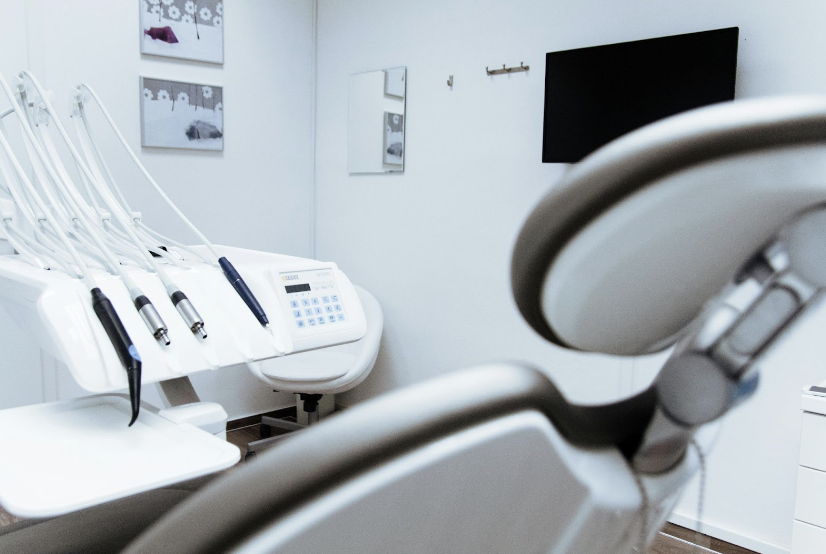The United States faces a significant challenge in healthcare spending. While we allocate more resources per person compared to other wealthy nations, the outcomes do not reflect this investment. In 2022, U.S. health spending surged by 4.1%, reaching $4.5 trillion, or approximately $13,493 per capita. This growth rate mirrors the pre-pandemic levels, highlighting a persistent trend.
A Comparative Perspective
To put this into context, the average healthcare expenditure in other affluent countries is less than half of what Americans pay. This trend of rising costs predates the COVID-19 pandemic; healthcare expenditures as a percentage of GDP escalated from 5% in 1962 to a staggering 17% in 2022, with projections indicating it could reach 21% by 2032.
Key Drivers of Healthcare Spending
Healthcare spending can be understood through two primary lenses: price and utilization. Both factors contribute significantly to the overall expenditure:
1. Aging Population: The demographic shift towards an older population is notable, as individuals aged 65 and older tend to incur higher healthcare costs. In 2022, Medicare enrollment surpassed 65 million, a figure expected to rise substantially in the coming years.
2. Rising Prices: The prices of healthcare services are escalating at a pace that outstrips the inflation of other goods and services. Several factors contribute to this price inflation.
- Advanced Healthcare Technology: While innovations lead to improved care, they often come with hefty price tags.
- System Complexity: The U.S. healthcare system is notoriously complex, leading to administrative inefficiencies and waste within both insurance and provider payment frameworks.
- Hospital Consolidation: Mergers and acquisitions in the healthcare sector can result in reduced competition, allowing providers to elevate prices unchecked.

The Imperative for Change
Containing soaring healthcare costs is essential for the long-term fiscal and economic health of the United States. Executives across sectors must recognize their role in addressing this challenge. Here are some actionable strategies:
- Adopt Value-Based Care Models: Transitioning from fee-for-service to value-based care can incentivize better patient outcomes while controlling costs.
- Invest in Preventive Care: Focusing on preventive measures can reduce the need for expensive interventions down the line.
- Enhance Transparency: Promoting transparency in pricing can empower consumers to make informed choices and encourage competition.
- Leverage Technology Wisely: Embracing technology to streamline operations and reduce administrative burden can help lower costs.
For more insights on addressing healthcare costs and implementing effective strategies within your organization, visit Infinite CXO.
By taking proactive steps, executives can play a pivotal role in reshaping the future of healthcare in the U.S., ensuring that our investments translate into better health outcomes for all.

